Urbanization Trends
Urbanization is a critical factor influencing the Locomotive Market. As urban populations grow, the demand for efficient public transportation systems increases, leading to investments in commuter rail services. Cities are recognizing the importance of rail systems in alleviating traffic congestion and reducing carbon footprints. Recent studies suggest that urban rail systems can reduce travel times by up to 30%, making them an attractive option for city planners. This trend is likely to drive demand for passenger locomotives, as municipalities seek to enhance their public transport offerings and improve overall urban mobility.
Environmental Regulations
Stringent environmental regulations are shaping the Locomotive Market, compelling manufacturers to innovate and adapt. Governments worldwide are implementing policies aimed at reducing greenhouse gas emissions, which directly impacts locomotive design and operation. The push for cleaner technologies has led to increased investment in alternative fuel sources, such as hydrogen and electricity. Recent regulatory frameworks have set ambitious targets for emissions reductions, prompting manufacturers to develop locomotives that comply with these standards. This regulatory environment is expected to drive growth in the market for environmentally friendly locomotives, as companies strive to meet compliance while maintaining operational efficiency.
Infrastructure Development
The expansion of railway infrastructure is a pivotal driver for the Locomotive Market. Governments and private entities are investing heavily in modernizing and expanding rail networks to enhance connectivity and efficiency. For instance, in recent years, several countries have allocated substantial budgets for railway projects, which has led to an increase in demand for locomotives. The International Union of Railways reported that investments in rail infrastructure have surged, with a projected growth rate of 4.5% annually. This trend indicates a robust market for locomotive manufacturers, as new lines and upgrades necessitate advanced locomotives to meet operational demands.
Technological Advancements
Technological advancements are reshaping the Locomotive Market, driving innovation and efficiency. The integration of digital technologies, such as predictive maintenance and automation, enhances locomotive performance and reduces operational costs. Manufacturers are increasingly adopting advanced materials and energy-efficient systems, which not only improve fuel efficiency but also reduce emissions. The market for electric and hybrid locomotives is expanding, with projections indicating a growth rate of 7% annually. This shift towards more sustainable technologies reflects a broader trend within the transportation sector, where efficiency and environmental considerations are paramount.
Freight Transportation Demand
The rising demand for freight transportation is significantly influencing the Locomotive Market. As economies expand, the need for efficient goods movement increases, prompting a shift from road to rail transport. Railways are recognized for their cost-effectiveness and lower environmental impact, making them an attractive option for logistics companies. According to recent statistics, rail freight volumes have increased by approximately 6% over the past year, indicating a strong market for locomotives designed for freight services. This trend is likely to continue, as industries seek sustainable solutions to meet growing supply chain demands.
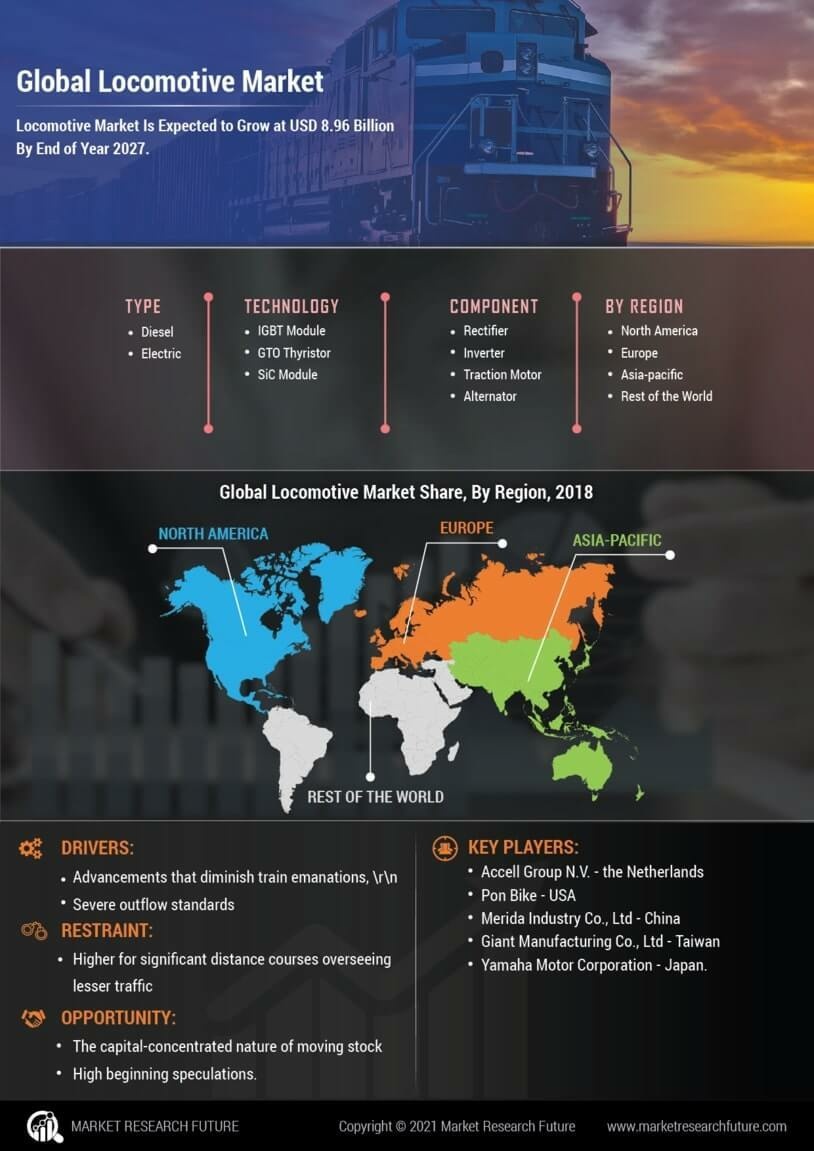

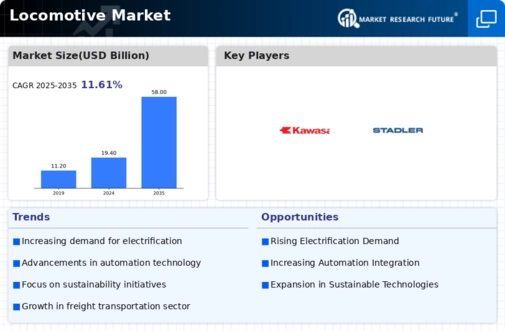
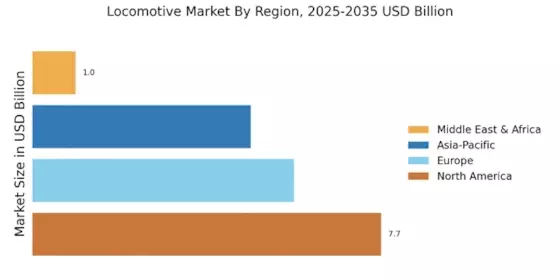
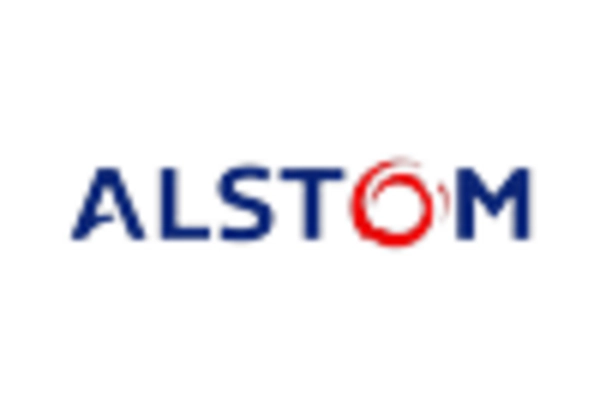
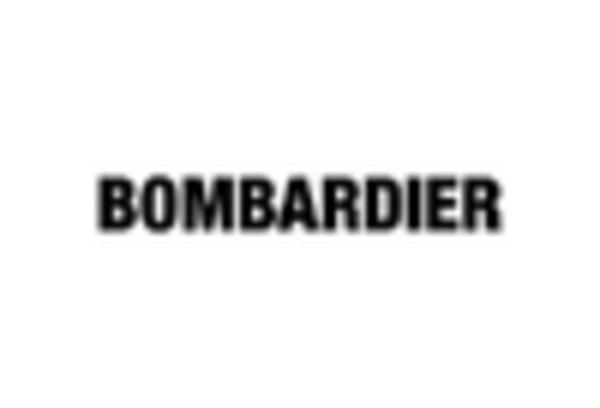
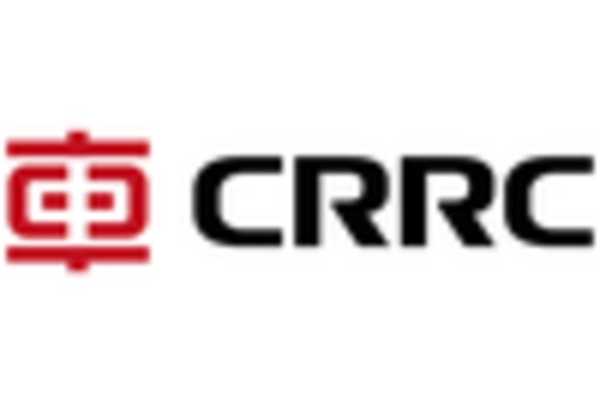

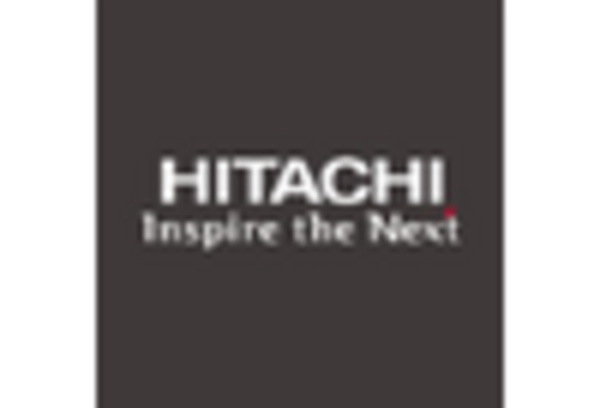









Leave a Comment